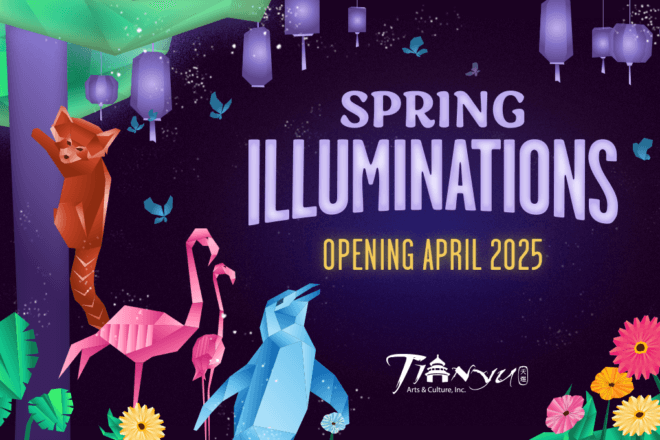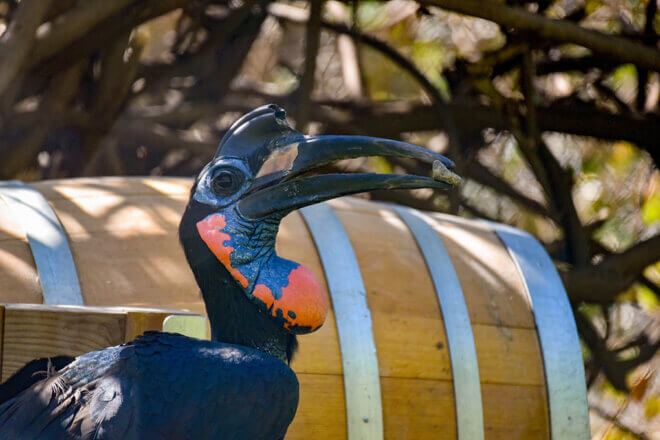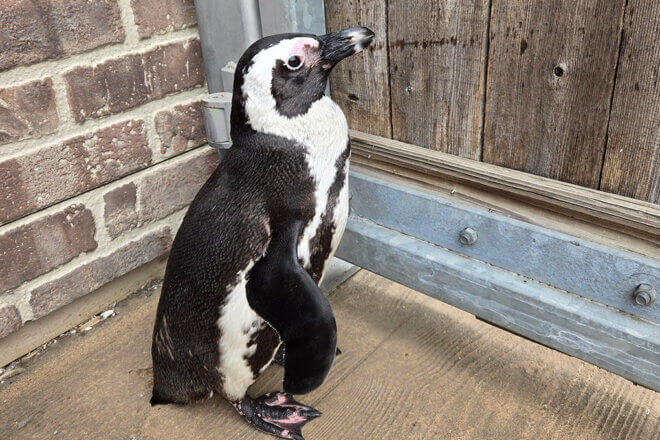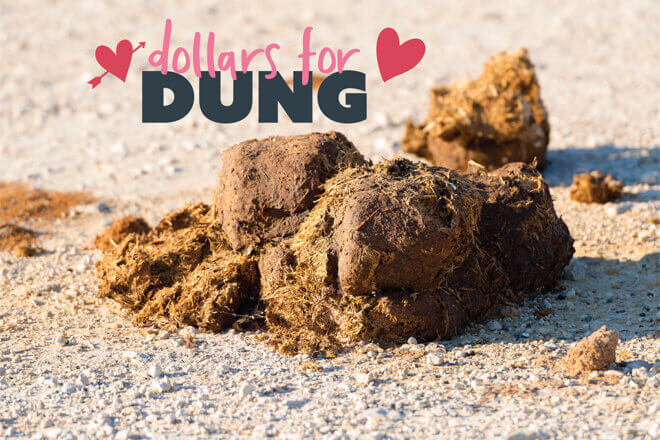BALTIMORE, MD — The Maryland Zoo in Baltimore is excited to welcome its newest and slimiest residents, the Eastern hellbenders. Visitors will be given a sneak peek into the lives of one of the most fascinating animals in our state and transported underwater to the hellbenders’ natural habitat in the new exhibit, which is now open in the Maryland Wilderness section of the Zoo.
Often referred to as snot otters, devil dogs or Allegheny alligators, fully-grown hellbenders can weigh up to five pounds and measure approximately two feet in length as the third largest salamander in the world.
“We know that our visitors will enjoy meeting the hellbenders. They are truly fascinating to look at, even though they are said to have ‘a face only a mother, or a herpetologist, could love,’” said Don Hutchinson, president/CEO of the Zoo.
“The exhibit is modeled after typical hellbender habitat. We went to great lengths to provide the highly secretive animals some areas to hide but keep them in view,” said Kevin Murphy, assistant curator/herpetology collection manager. “This exhibit is aesthetically detailed and is, in my opinion, one of the best hellbender exhibits in the country.”
Hellbenders live entirely underwater and, though they have lungs, breathe by absorbing oxygen directly through their skin. They take cover under large, flat rocks during the day and come out to feed at night.
Hellbenders are important members of the Western Maryland ecosystem, because they are indicators of the health of their environment. Their declining populations have caused scientists to engage in an investigation to determine the cause or causes of this animals’ decline in the Casselman and Youghiogheny rivers and their tributaries. The Maryland Zoo, in partnership with zoos and aquariums throughout the country, is learning how to care for and breed hellbenders in captivity. Scientists hope to discover why their population is on the decline and find ways to reverse this trend. The Zoo plans to add more hellbenders to the exhibit in the near future and intends on staying involved in hellbender conservation.






Share this article